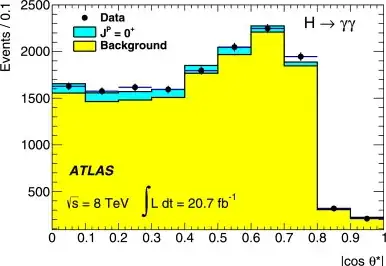First, it is worth mentioning that while the word measurement is used, the experimental process involved actually changes the state rather than revealing some preexisting property.
This can be known by considering an interaction for the z component followed by the z component again followed by the x component as compared to the interaction for z component followed by the x component again followed by the z component. In the first case the two results for the z component always agree, so the interaction for the z component apparently n leaves the particle on a state that gives 199% determined results for z component interactions but the x component interaction changes it from that state to a new state.
So the spin interactions literally change the state.
That said, the main idea is that you first pick a direction. Then you arrange an interaction that interacts with the different states in different ways such that when repeated, they don't get split further. Then you split the state into those states, then eigenstates, and do it in a way that allows the different states to become so separated that each is capable of acting like it is the one state in the universe. At this point it is acceptable to say a measurement has occurred.
A Stern-Gerlach device is a common device that can do this interaction.
